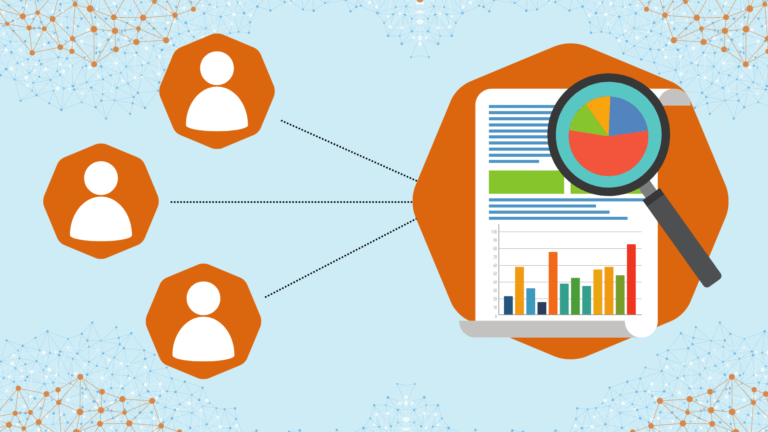How to be a Data-Driven Business

by Olivia Rojas
Data is Everywhere
We are currently in the evolution of Web 3.0. Web 3.0, or Web3, is the third generation of web-based technologies. Advanced, web-based technologies like machine learning and artificial intelligence are present in many parts of our lives. Additionally, the advent of NFTs and cryptocurrency means blockchain-based technologies are also entering our everyday lives.
With these advancements, data points are being collected on everything and from everyone. Consumer information, such as demographics, device identification, and link clicks have become more accessible to businesses than ever before.
Using first-party data is essential to gaining insight on your customers’ experience and how it impacts your business and its goals. So it is important to have some form of analytics service for both social media and web to help connect the dots between your marketing strategies and your key performance indicators (KPIs).
When it comes to social media, different content management systems often have built-in analytics and reporting tools. Services like Google Analytics or Adobe Analytics will be useful in looking at how much traffic your website or mobile app receives.
Analytics can be confusing to monitor, but let’s take a look at the most important metrics to follow for your business.
Make it Measurable
When it comes to a successful marketing campaign or strategy, what is the most important part? A robust measurement plan.
A measurement plan can be designed specifically for your business based on several different factors. Depending on your KPI prioritization, your social media campaign can help your business increase web traffic, increase brand awareness, increase purchase consideration and so much more. In order to do this, it is important for you to outline your goals.
Think: “What is most important for my business right now?” “Where is your business in terms of the business life cycle?” “Where could we improve our marketing strategies?” “What has been a consistent point seen in feedback?” By asking these questions, we can start to think about which metrics correlate to which goal.
According to Hubspot, the top five KPIs to look at right now are Customer Acquisition Cost (CAC), Lifetime Value of a Customer (LTV), Return on Investment (ROI), Return on Ad Spend (ROAS) and Marketing Qualified Leads (MQL). Let’s take a look at what each means.
Key Performance Indicators
Customer Acquisition Cost (CAC)
Customer acquisition cost (CAC) measures the amount of money it would take to convert a potential lead into a customer. This metric will be especially important if you are trying to reach new markets and new audiences.
Lifetime Value of a Customer (LTV)
LTV refers to the total amount of revenue a business can expect to make from a single customer. If you use a loyalty continuum in your business model, this will be especially important when deciding on strategies that impact your customers at their different stages.
Return on Investment (ROI)
Return on investment is the amount of money you gain compared to the marketing cost. This is calculated by dividing the profit earned on an investment (Marketing Cost) by the cost of that investment.
Return on Ad Spend (ROAS)
This metric measures the revenue that’s generated compared to every dollar you spend on an advertising campaign. It is measured in terms of a ratio to show quantitative relation between the two amounts.
Marketing Qualified Leads (MQL)
An MQL is a lead that has engaged with your company and could become a more serious prospect if you nurture that relationship. Again, this metric will be especially important if you are trying to reach new markets and new audiences.
Data and access to data are not going away as we advance technologically. By using data effectively, efficiently and ethically, your business will experience guaranteed growth.
